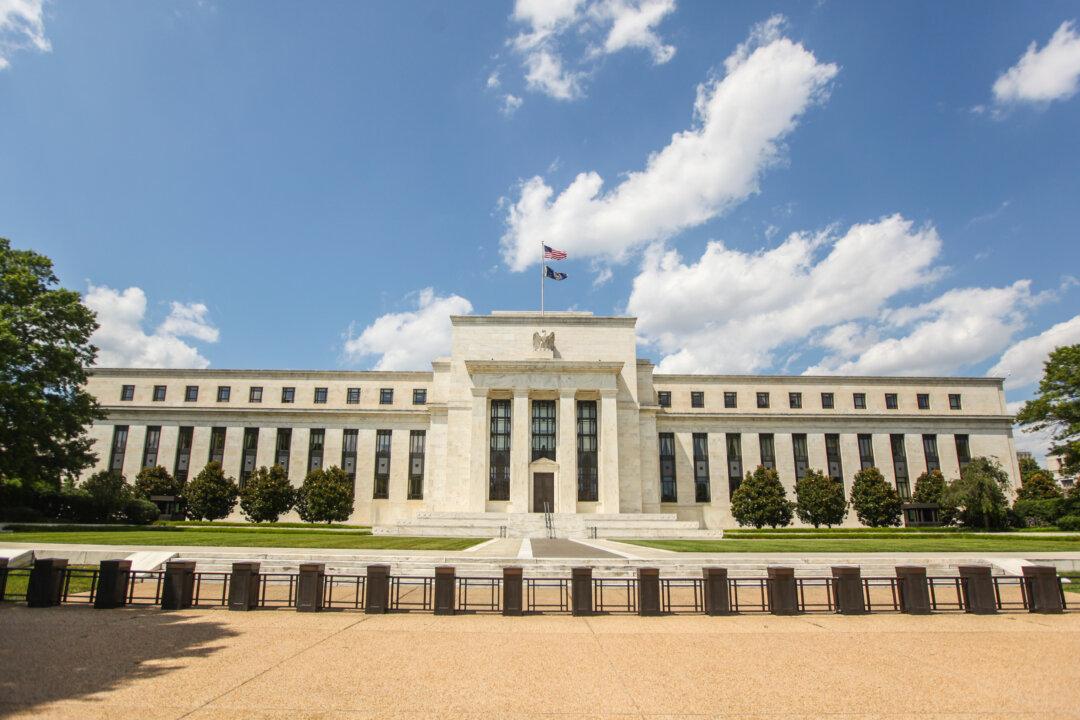Germany has been the global economy’s poster child since the last recession. Record low unemployment, relatively fast growth compared to other countries in Europe, and two consecutive yearly fiscal surpluses in a row.
This week it seems the whole story is going from hero to zero. Gross Domestic Product already shrank 0.2 percent in the second quarter, new factory orders fell 1.3 percent over the year in August and now industrial production cratered 2.8 percent compared to August last year.
Most economists now expect another quarter of negative GDP, which would be the second recession since the 2008.
No Surprise
However, this slow-down should not come as a surprise. Germany’s economy is operationally geared towards exports; it always has been and most likely will be in the future.
Exports make up more than 50 percent of Germany’s $3.5 trillion economy. Although the contribution to GDP netting out imports is only 6.1 percent, trade is a massive part of Germany when it comes to industrial production and factory orders.
All of Germany’s major trading partners—aside from the United States—have slowed materially in 2014, with France and China being the main concerns. Sanctions against Russia have added to the weight.





